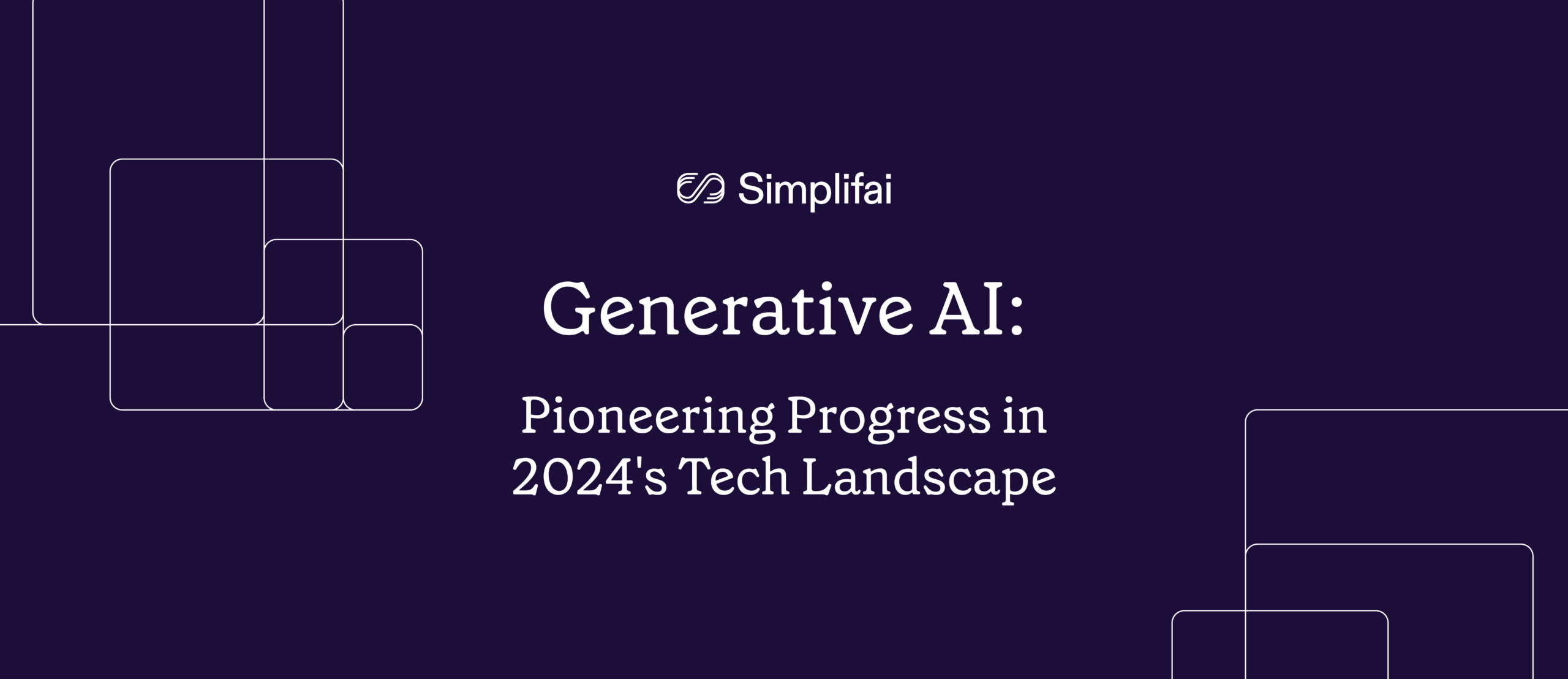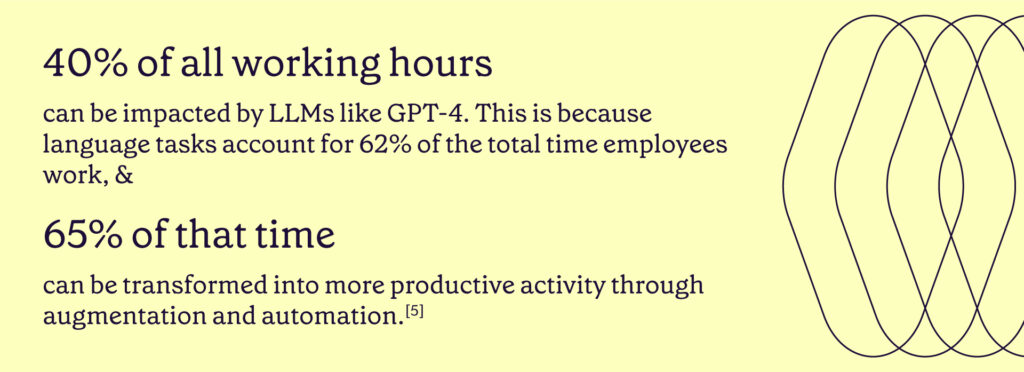The Role of Generative AI in 2024’s Tech Evolution
The year 2023 stood as a pivotal point in technological evolution, with generative AI gaining widespread momentum. As we embark on 2024, we anticipate a swift progression in the generative AI domain. These new trends cover everything from improvements in multimodal AI models, which handle different types of data like text and images, to the…

The year 2023 stood as a pivotal point in technological evolution, with generative AI gaining widespread momentum. As we embark on 2024, we anticipate a swift progression in the generative AI domain.

These new trends cover everything from improvements in multimodal AI models, which handle different types of data like text and images, to the growth of smaller, powerful language models. These changes are set to not only transform technology but also change the way we use and understand AI. This means we’ll see uses of AI and get a better grasp of what AI can do.
The technological landscape is expanding beyond mere text-based interactions. Multimodal AI models are the new frontier, enabling users to seamlessly blend and generate content across various formats like text, audio, images, and video. This approach leverages a combination of diverse data types, including images, text, and speech, integrated with sophisticated algorithms to deliver predictive insights and creative outputs.
Revolutionizing the Future: The Rise and Impact of Generative AI in 2024
As we venture into the new year, let’s delve into these key generative AI trends that are expected to define the next chapter in technological innovation.
Capable and Powerful Small Language Models:
In 2024, a significant trend is the development of smaller, yet highly capable and powerful language models. These models, despite their reduced size compared to giants like GPT-4 or Llama 2, are engineered to deliver impressive performance with greater efficiency and lower resource requirements. This makes them more accessible and practical for a wider range of applications and users, especially those with limited computational resources. They are adept at understanding and generating human-like text, making them ideal for embedded systems, mobile devices, and smaller-scale AI applications.

Emergence of Multimodal AI Models:
The rise of multimodal AI models integrate and process multiple forms of data – such as text, images, audio, and video – to perform tasks that require a more comprehensive understanding of different inputs. In 2024, these models are becoming more sophisticated, enabling more seamless and intuitive human-AI interactions. They are particularly impactful in fields like content creation, where they can generate rich, multimedia content, and in areas requiring complex sensory data interpretation, like autonomous vehicles or advanced robotics.
Autonomous Agents:
Another key trend is autonomous AI agents. These agents are designed to operate with a higher degree of independence and decision-making capabilities. They are being employed in various sectors, from customer service (as advanced chatbots) to logistics and manufacturing (as intelligent automation systems). The advancement in AI autonomy enables these agents to make informed decisions, and learn from their interactions, thereby improving efficiency and effectiveness in various operations.

Enterprises Investing in AI Governance:
As AI becomes more integral to business operations, enterprises are increasingly focusing on AI governance. This involves developing policies and frameworks to ensure that AI systems are ethical, transparent, and compliant with regulatory standards. In 2024, this trend is gaining momentum, with companies investing more in understanding the implications of AI decisions, ensuring data privacy and security, and mitigating biases in AI models. Effective AI governance is crucial for maintaining public trust and ensuring that AI systems align with societal values and legal requirements.

How do these Generative AI trends in 2024 significantly influence and reshape the business landscape?
As we move through 2024, Generative AI is poised for significant evolution. These advanced models are transcending the limitations of traditional embracing a more holistic approach. Generative AI is revolutionizing the insurance industry by significantly enhancing productivity. It not only speed up the processing but also reduces level of errors, thus increasing operational efficiency and reduced costs. It also enhances over customer experience with error free and personalised responses.
Embracing the Future: Navigating the Transformative Trends in Generative AI for 2024
In conclusion, as we progress through 2024, it’s clear that the landscape of generative AI is undergoing a transformative evolution. From the development of compact yet powerful language models to the rise of multimodal AI, these advancements are reshaping our interaction with technology in profound ways. The emergence of autonomous agents and the growing focus on AI governance further underscore a commitment to ethical and efficient AI utilization. These trends collectively signal a future where AI is not only more integrated and intuitive in various sectors but also more aligned with ethical standards and societal needs. This exciting era in AI promises to unlock new levels of creativity, efficiency, and understanding, positioning it as an indispensable tool in navigating and shaping the technological advancements of our time.
Source
Generative AI Could Raise Global GDP by 7% (goldmansachs.com)
ChatGPT sets record for fastest-growing user base – analyst note | Reuters
Gen AI LLM – A new era of generative AI for everyone (accenture.com)


